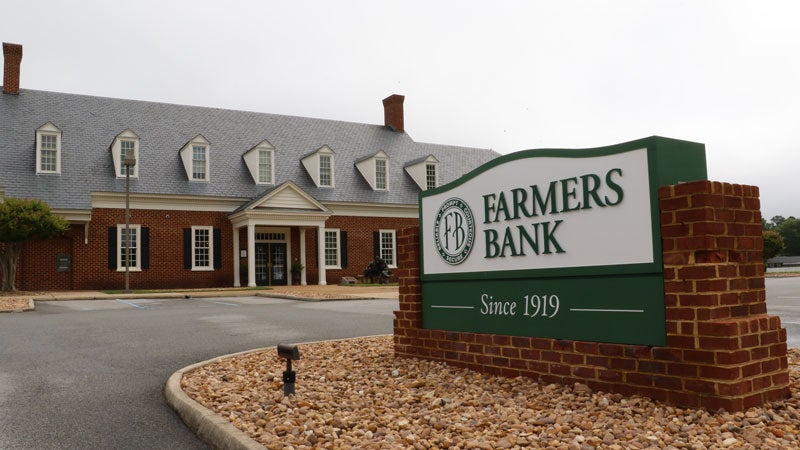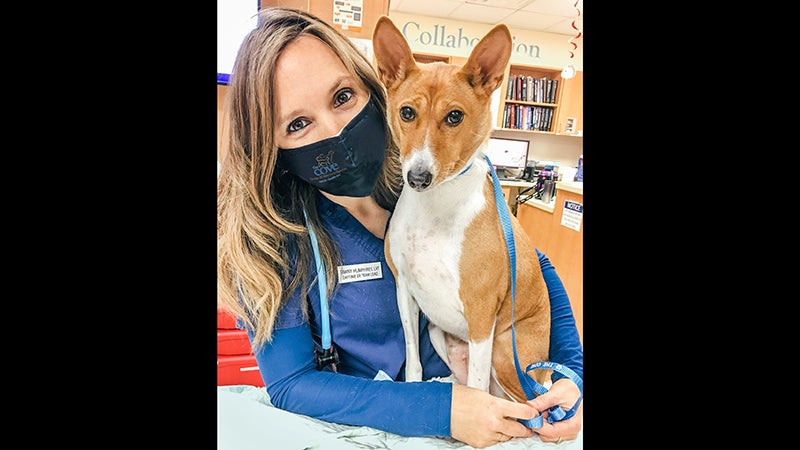‘Vehicle with gas drive’
Published 10:44 pm Monday, January 30, 2012

Robe Motor Co. was based in Norfolk and had a factory in a barn in the Driver area of Nansemond County, where this prototype was built in 1923 or 1924. The company appears to have gone out of business before it could begin mass production of other vehicles, according to information uncovered by the Suffolk-Nansemond Historical Society.
The automobile in Suffolk
In a city growing as fast as Suffolk is today, it’s hard for many to imagine there was a time when there wasn’t a paved road to be found, when cart and carriage paths cut muddy ribbons through the countryside and “horsepower” referred to the actual number of four-legged beasts at the head of one’s carriage.
One hundred and twenty-five years ago, Suffolk, like the rest of the world, was a place where one either walked or relied on the work of an animal to convey him from one point to another. Villages were necessarily bustling places where people could conduct most of the business that would allow them to go about their everyday lives.
They could not have imagined the way their lives would change as a result of a patent filed just a year earlier, on Jan. 29, 1886, in Berlin, Germany, by Carl Benz, who registered his three-wheeled “vehicle with gas drive” under patent number 37435. In that same year, less than 100 miles away from the town where Benz had built his conveyance, Gottlieb Daimler and Wilhelm Maybach installed a high-speed gasoline engine into a four-wheeled carriage.
The names Daimler, Benz and, to a lesser degree, Maybach are now synonymous with automotive excellence.
But it was hardly to universal acclaim that the automobile began showing up in the cities and towns of America less than 20 years later.
In 1903, a two-cylinder Oldsmobile, the property of Confederate veteran George Walton, became the first car in Suffolk, according to the Suffolk-Nansemond Historical Society, whose July 2011 newsletter focused on the history of the automobile in Suffolk.
Some folks in Suffolk were not amused, and they responded to the contraption by convincing Town Council to pass an ordinance designed to make sure automobile owners knew their place was not on the streets of Suffolk.
“No automobile or other vehicle producing a sound or noise liable to frighten a horse shall be propelled through the streets of the Town of Suffolk,” the ordinance stated.
By September, the ordinance had been amended to allow automobiles, as long as they had mufflers and were turned off when not in motion.
Motoring around the town and county was becoming more popular, but it was hardly done in comfort. There were no paved roads in the country, tires were small and blowouts were frequent. The first automobiles in Suffolk would have lacked windshields, heat and air conditioning. And they were going nowhere in a hurry.
Still, they could be dangerous, as George Walton learned in 1929, when he died of injuries sustained in an accident on the old Norfolk Road, which is now East Washington Street and Nansemond Parkway.
The Norfolk Road was finally rebuilt in the 1930s, when Coastal Construction Co. built a route from Magnolia to Bowers Hill through the Dismal Swamp.
A man named T.F. Blair came to town to help with the project and stayed here. Several of his eight sons later joined their father in the road-construction business, founding Blair Brothers Construction, which still builds roads around the area today.
It’s hard to say what the first automotive dealership was in Suffolk, but records from the Historical Society indicate that Elliott Motor Co. was operating as early as 1916 on East Washington Street, and Godwin Motor Co. Inc., which provided Ford sales and service at 425 W. Washington St., was in business at least as early as 1926.
Downtown dealerships, according to Mike Duman of Mike Duman Auto Sales, kept little inventory in stock. The cars they had on hand were moved to and from second- and third-floor showrooms via massive elevators.
By the mid-20th century, the automobile was firmly entrenched into American culture, and it was fast becoming a fixture in front of homes around Suffolk and other towns and cities around the nation. With Dwight D. Eisenhower’s signing of the Federal-Aid Highway Act of 1956, the interstate highway system was born, and Americans would find access to places most never could have visited before.
Ironically, the near-universal access that automobiles granted also contributed to the decline of downtown Suffolk, which had thrived for many years on the railroad lines that carried passengers to and from Norfolk, Petersburg, Richmond and other points even more distant.
And it all started in Germany, with a loud, three-wheeled contraption known inelegantly by its inventor as “vehicle with gas drive.”
— Information from Suffolk-Nansemond Historical Society, Mike Duman, Autoweek.com, Daimler AG and the U.S. Department of Transportation Federal Highway Administration






